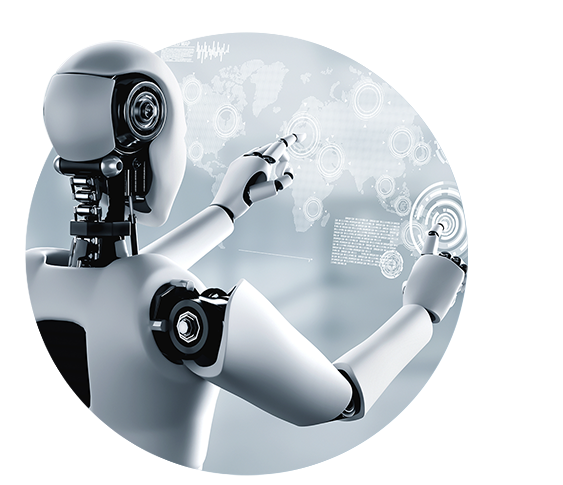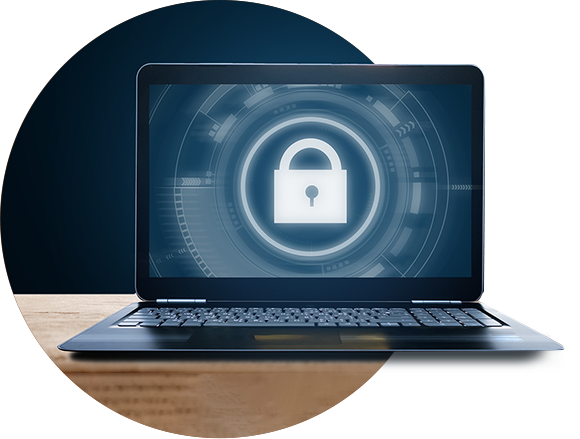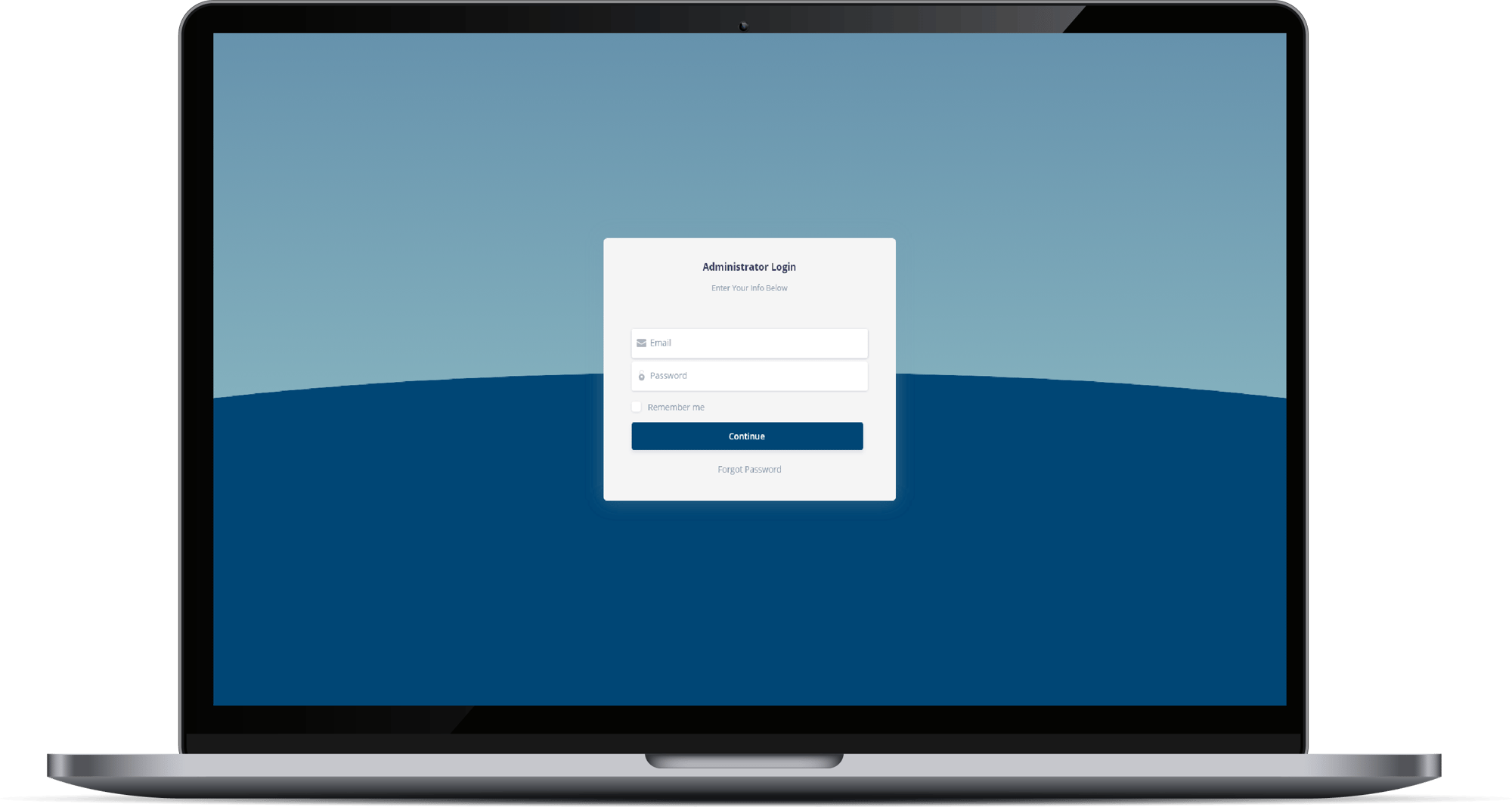How it Works
The Twosense Windows agent collects behavioral biometric data and uploads it to a cloud-based machine-learning system.
What is Continuous Authentication?
Continuous authentication refers to the ongoing process of verifying the identity of a user throughout their entire session or interaction with a system rather than just at the initial login. This approach enhances security by constantly monitoring and validating the user's identity, reducing the risk of unauthorized access. By leveraging user behavior and machine learning, Twosense builds a model of each user's behavior, which creates a baseline of trust and continuously validates the user's identity throughout the day based solely on their digital behavior.
Behavioral Biometric Factors
Unlike traditional MFA, which relies on external factors like tokens, behavioral authentication uses the inherent "fingerprint" of a user to confirm their identity. It provides continuous, persistent authentication by constantly monitoring how someone interacts with their device. Even if credentials are compromised, a fraudster won't be able to mimic a user's distinct behavior.
✓ No need for passwords, external hardware tokens, or mobile devices, reducing user friction
✓ Protection even in the event credentials are compromised
✓ Persistent authentication that is always active in the background
✓ More secure as behavior patterns are almost impossible to fake or replicate
✓ Convenience for users as it requires no action besides their normal device interactions


Automated Multi-Factor Authentication
Twosense Continuous MFA takes a proactive approach by continuously analyzing user behavior, removing employees' daily interactions with MFA, and reducing user error.
This enhances security and lessens the need for extensive user education. With Continuous MFA working invisibly in the background to automate MFA challenge responses, the risk of errors resulting from MFA fatigue is removed.
Compliant & Continuous
Leveraging machine learning and passive biometrics, Twosense creates a unique behavioral profile for each user. Each model learns and adapts to changing behaviors to biometrically authenticate the user at every MFA challenge in an invisible way.
This allows our software to validate the user's identity then and authenticate them not by what they’re doing but by how they’re doing it, generating a level of trust for every interaction in the background.
That trust score is used continuously throughout the day to analyze user behavior dynamically and either authenticate the user or flag suspicious behavior.This enables BPOs and contact centers to implement PCI-compliant MFA while keeping floating desks, simplifying identity security for WAHA, and improving their overall security posture.


Phishing-Resistant MFA
Continuous MFA powered by behavioral authentication is a “something you are” factor that is 100% software, meaning no keys or codes can be compromised during a phishing attempt. By continuously and dynamically analyzing user behavior, such as typing patterns and mouse movements, Twosense builds a comprehensive model for each user.
Unlike traditional MFA, which is a combination of “something you know and have”, no password, token, or device can be stolen and used to bypass security. In the event of an outside attack, if the attacker doesn’t have the Twosense agent, their authentication goes no further. If the attacker gains access to a compromised user’s machine, whether in person or remote, the behavioral mismatch will be identified, and action can be taken within minutes, even mid-session.
Implementing Continuous MFA
Twosense software is installed on each user’s machine– which is three easy steps– no further action is required. Continuous MFA does not require any training for users, and requires no manual hardware or user enrollment. Users don’t need to modify their behavior; they just continue working uninterrupted.


